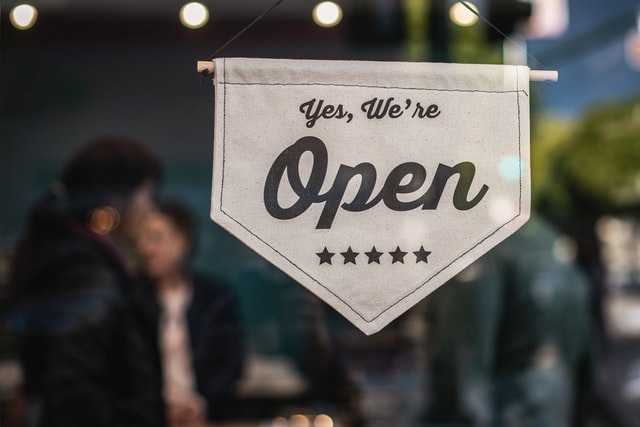“Begin with the end in mind” is keystone habit number two from Stephen Covey’s 7 Habits of Highly Effective People. For an ISV or merchant with large payment infrastructure, the chances are high that they will eventually need direct access to their fleet of payment terminals. Technical teams may be asked to update a newer EMV or alternative payment standard, schedule seasonal advertising, or track terminals for a P2PE Validated Solution. Without an effective plan in place to manage all terminals can result in inefficiencies for the business in many ways:















